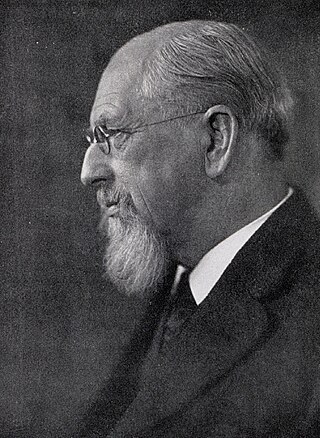
William Healey Dall was an American naturalist, a prominent malacologist, and one of the earliest scientific explorers of interior Alaska. He described many mollusks of the Pacific Northwest of North America, and was for many years America's preeminent authority on living and fossil mollusks.

Carl Henry Eigenmann was a German-American ichthyologist of the late nineteenth and early twentieth centuries, who, along with his wife Rosa Smith Eigenmann, and his zoology students is credited with identifying and describing for the first time 195 genera containing nearly 600 species of fishes of North America and South America. Especially notable among his published papers are his studies of the freshwater fishes of South America, the evolution and systematics of South American fishes, and for his analysis of degenerative evolution based on his studies of blind cave fishes found in parts of North America and in Cuba. His most notable works are The American Characidae (1917–1929) and A revision of the South American Nematognathi or cat-fishes (1890), in addition to numerous published papers such as "Cave Vertebrates of North America, a study of degenerative evolution" (1909) and "The fresh-water fishes of Patagonia and an examination of the Archiplata-Archelenis theory" (1909).

Rosa Smith Eigenmann was an American ichthyologist, as well as a writer, editor, former curator at the California Academy of Sciences, and the first librarian of the San Diego Society of Natural History. She "is considered the first woman ichthyologist in the United States." Eigenmann was also the first woman to become president of Indiana University's chapter of Sigma Xi, an honorary science society. She authored twelve published papers of her own between 1880 and 1893, and collaborated with her husband, Carl H. Eigenmann, as "Eigenmann & Eigenmann" on twenty-five additional works between 1888 and 1893. Together, they are credited with describing about 150 species of fishes.

The San Diego Natural History Museum is a museum in Balboa Park in San Diego, California. It was founded in 1874 as the San Diego Society of Natural History. It is the second oldest scientific institution west of the Mississippi and the oldest in Southern California. The present location of the museum was dedicated on January 14, 1933. A major addition to the museum was dedicated in April 2001, doubling exhibit space.
George Sprague Myers was an American ichthyologist who spent most of his career at Stanford University. He served as the editor of Stanford Ichthyological Bulletin as well as president of the American Society of Ichthyologists and Herpetologists. Myers was also head of the Division of Fishes at the United States National Museum, and held a position as an ichthyologist for the United States Fish and Wildlife Service. He was also an advisor in fisheries and ichthyology to the Brazilian Government.
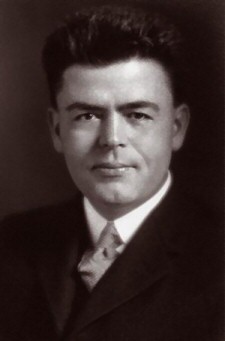
Carl Leavitt Hubbs was an American ichthyologist.
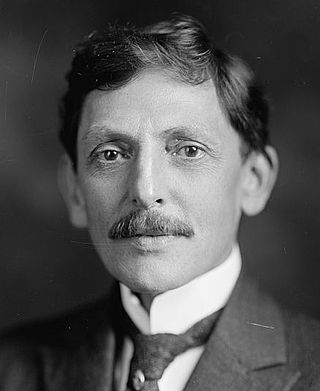
Paul Bartsch was an American malacologist and carcinologist. He was named the last of those belonging to the "Descriptive Age of Malacology".

Kurtzia arteaga is a species of sea snail, a marine gastropod mollusk in the family Mangeliidae.
Neoclinus stephensae, the yellowfin fringehead, is a species of chaenopsid blenny found in the eastern Pacific ocean. It can reach a maximum length of 10 centimetres (3.9 in) TL. The specific name honours the collector of the type, the British-American conchologist Kate Stephens who was Curator of Mollusks and Marine Invertebrates at San Diego Natural History Museum and who was over 100 years old at the time the species was described.

Odostomia lastra is a species of sea snail, a marine gastropod mollusc in the family Pyramidellidae, the pyrams and their allies.

Odostomia profundicola is a species of sea snail, a marine gastropod mollusc in the family Pyramidellidae, the pyrams and their allies.
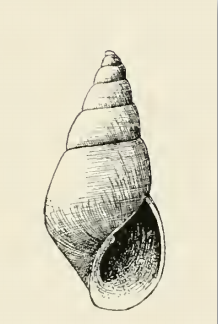
Odostomia stephensae is a species of sea snail, a marine gastropod mollusc in the family Pyramidellidae, the pyrams and their allies.

Pyramidella adamsi, common name the Adams' pyram, is a species of sea snail, a marine gastropod mollusk in the family Pyramidellidae, the pyrams and their allies.

Turbonilla gilli is a species of sea snail, a marine gastropod mollusk in the family Pyramidellidae, the pyrams and their allies.
Turbonilla hypolispa is a species of sea snail, a marine gastropod mollusk in the family Pyramidellidae, the pyrams and their allies.

Turbonilla mörchi is a species of minute sea snail, a marine gastropod mollusk in the family Pyramidellidae, the pyrams and their allies.
Frederick Baker was an American physician and civic activist in San Diego, California. He was the prime mover in founding the Marine Biological Institution, which became the Scripps Institution of Oceanography. He was also a co-founder of the Zoological Society of San Diego and thus of the San Diego Zoo. He was a naturalist and an amateur malacologist.
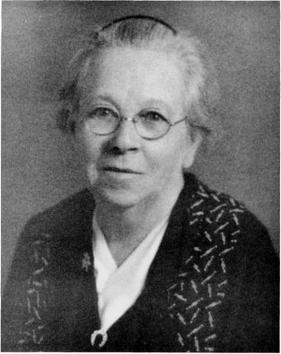
Ida Shepard Oldroyd (1856–1940) was an American conchologist and Curator of Geology at Stanford University for over 20 years, who curated what was for a time the second largest collection of mollusk shells in the world. Oldroyd and her husband, Tom Shaw Oldroyd, amassed one of the largest private shell collections in California. Ida was recognized as an active and early pioneer of conchology in the western United States. She was a charter member of the American Malacological Union, of which she served as vice-president in 1934 and as honorary president from 1935 to 1940.
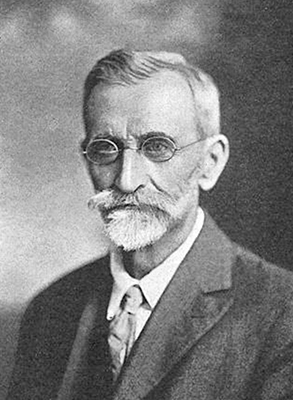
Frank Stephens (1849–1937) was an American naturalist and the first director of the San Diego Natural History Museum. He was considered the pioneer naturalist of the Southwest, studying the mammals and birds of California, Arizona, and Baja California. His personal specimen collection of 2,000 birds and mammals, donated in 1910, was the foundation of the San Diego Natural History Museum's Birds & Mammals Department, now a major resource on bird and mammal species of western North America, including Baja California.
Clark Hubbs was an American ichthyologist who was professor of zoology at the University of Texas from 1963 until he accepted emeritus status in 1991. He was a leading figure in ichthyology in Texas, teaching students who went on to be renowned in the field, was involved in ichthyological societies and was an editor of scientific journals. Hubbs was also an environmental activist, fighting to conserve freshwater ecosystems.
















